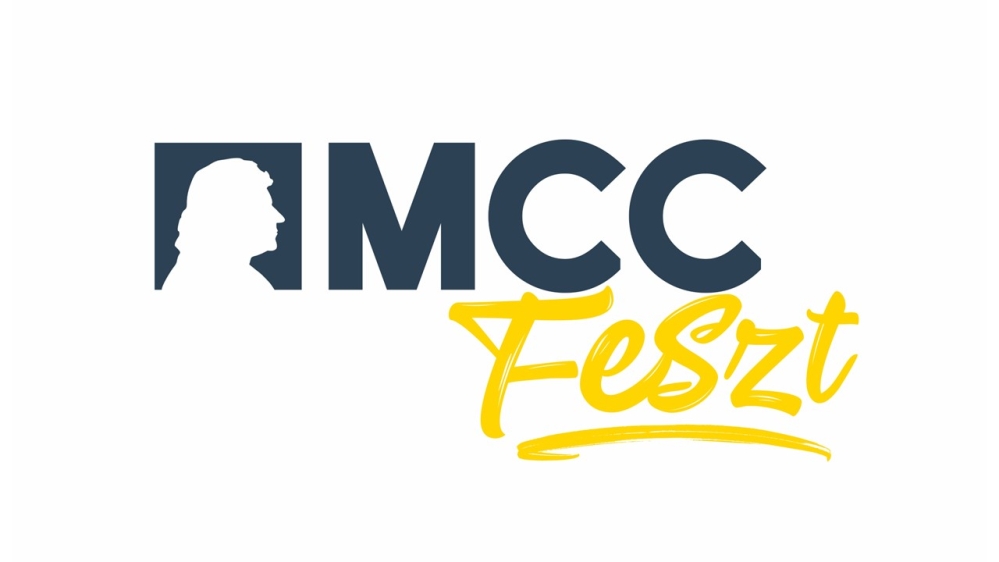History is a bit like a Persian carpet: it is both unique and follows patterns. The policy of the great powers of the last century in Central Europe was driven by continental stability. The imaginary historical pendulum between the two chronological endpoints, 1918 and 1990, moved according to whether the dominant powers saw the desired stability as more achievable in national independence or in great power dominance. In parallel, between 1918 and 1990, the fate of small regional states moved in a full circle between two extremes: either they were more or less masters of their own destiny, or great power rivalries determined their place in the international space.

Central Europe and Hungary in the International Great-Power Arena, 1918-1990 powered by Rubicon Institute
Public discussions
Jul
29
Saturday
5:00 PM–5:55 PM
MBH Bank Stage
The language of the event: hungarian

László Borhi
Professor at Indiana University in Bloomington and research advisor to the Department of History at the BTK
Professor at Indiana University in Bloomington and research advisor to the Department of History at the BTK

Árpád Rácz
Co-Chair, Rubicon Institute
Co-Chair, Rubicon Institute

